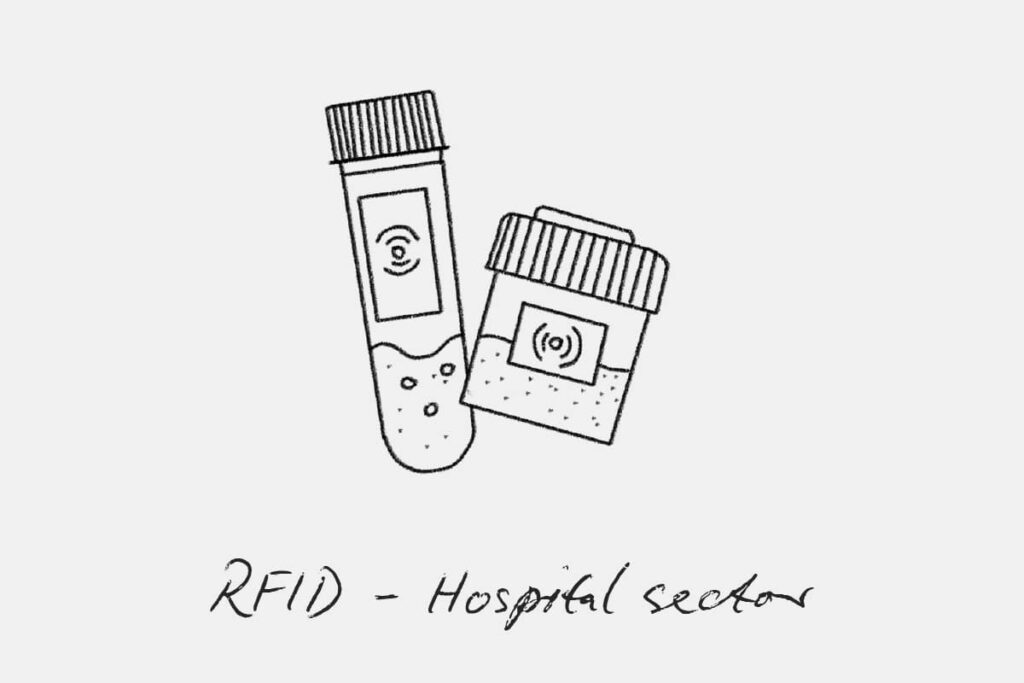Welcome back to the IoTNews edited by the Meteca team. Today we tell our readers about the improvement of RFID technology and how its use has given a plus to a unique “transport” system. Let’s find out more thanks to the support of an article read on planetanalog.com.
As we all know, all the devices and systems we use constantly need updates: for example, our PC and its operating system or the apps we use every day on our smartphone.
Sometimes it happens that a technological innovation can make a system of the past even more performing, making it better at low cost. This is the case of RFID technology and the addition of tags to pneumatic mail systems, also known as pneumatic-tube routing systems
While it is true that some aspects of our life – such as communication – are facilitated by the presence of e-mail and instant messaging, it is essential to remember that there are many sectors where material objects must be sent from one place to another, and they can’t be replaced by bits. A very clear example is the hospital world, in which there is a need to send patient biological samples (fluids, tissues, etc.) from one department to another of the health facility with a certain speed. To solve this problem, hospitals use a system of pneumatic tubes through which containers (called carriers) are literally “shipped” from a sending station to a receiving station.
Once the container has been prepared, it is labeled with the destination address and inserted into a tube. Once the send button is pressed, the compressed air allows the carrier to travel to a sorting place. Here a person examines the destination label and places it on the right “path”, that is, the pneumatic tube of final destination.
Before being used in hospitals, this system was used to sort the mail of large cities (London, New York) and was then gradually abandoned (well before the appearance of e-mail). The role of the pneumatic-tube system in hospitals remained necessary, as it was not replaceable, and so it has grown hand in hand with the advancement of medical technologies and the increase in the number of medical tests performed, but it needed to be updated. It had to be ready to withstand ever increasing numbers of transported samples, while limiting the probabilities of tube blockage to almost zero.
And here is where today’s technology has come to the aid of the older one. Thanks to technological advances it has been possible to rethink the architecture of pneumatic tube systems: now they work better. The paper labels remain (but only for the convenience of the operator and for backup), but now there are barcodes and RFID technology to label each carrier. The operator working in the “sending station” enters a code with the address on the touchscreen keyboard and the pneumatic-tube management system connects that address code with an RFID tag, which is permanently attached to that carrier. From that moment on, the system works autonomously (since it is automated) and the vectors can be tracked and undergo changes in direction at any time. The central system can predict and correct malfunctions, stopped carriers that “block traffic”, queues and waits.
The most interesting aspect of the pneumatic post is that it would never have run the risk of becoming obsolete – especially in sectors where there are no such alternatives. However, the addition of RFID tags to the systems has made an invention, already indispensable, a truly extraordinary superstructure. A real success for the world of IoT.
